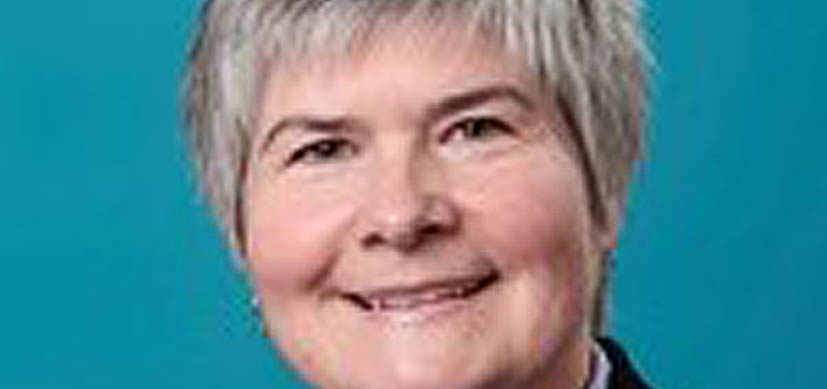
About
Biography
As a developmental biologist, I have always been interested in learning how cells decide what they are going to be and how they are assembled into functioning organs. To that end, my research explores how signaling pathways are integrated to coordinate cell fate decisions and allocate cell types during both organogenesis and regeneration.
In our lab at Cincinnati Children’s, my colleagues and I use mouse models and primary cell lines to answer questions about liver development and regeneration. We focus on the therapeutic potential of differentiated hepatocyte plasticity to augment or regenerate insufficient intrahepatic bile duct systems.
To date, we’ve made several important discoveries. In addition to establishing a three-dimensional blueprint for the formation of liver bile duct architecture, we’ve demonstrated that hepatocytes can switch their identity to build missing liver bile ducts. Also, my work showing that proper cell fate decisions stem from Notch signaling — which imparts feedback regulation of ligand and receptor asymmetric expression — continues to be a central concept in canonical Notch signaling.
I’m also involved in an interdisciplinary project with experts in liver organoid models and bioinformatics. Together, we’re working to produce a three-dimensional pediatric cell atlas for liver development and disease.
I am honored to be asked by the Alagille Syndrome Alliance to help organize the 2019 and 2021 scientific meetings focused on Alagille syndrome, an autosomal dominant inherited disorder associated with bile duct abnormalities and liver damage (among many other complications). My involvement in the fields of Notch biology, developmental biology and liver biology makes me uniquely qualified to bring together world leaders in each of these areas. Our goal is to comprehensively cover the multiple defects identified in patients with this rare genetic syndrome.
BS: Genetic Biology,Purdue University, West Lafayette, IN, 1992.
PhD: Genetics, Indiana University, Bloomington, IN, 1998.
Postdoctoral Fellow: Developmental Biology, Washington University School of Medicine, St. Louis, MO, 2003.
Instructor: Developmental Biology, Washington University School of Medicine, St. Louis, MO, 2005.
Assistant Professor: Cell and Developmental Biology, Center for Stem Cell Biology, Vanderbilt University Medical Center, Nashville, TN, 2012.
Services and Specialties
Interests
Hepatic cell plasticity, development and regeneration; reprogramming; three-dimensional hepatic architecture; Notch signaling; hepatobiliary disease
Publications
Sox9 Is a Modifier of the Liver Disease Severity in a Mouse Model of Alagille Syndrome. Hepatology. 2020; 71:1331-1349.
Molecular regulation of mammalian hepatic architecture. Current Topics in Developmental Biology. 2019; 132:91-136.
De novo formation of the biliary system by TGFβ-mediated hepatocyte transdifferentiation. Nature. 2018; 557:247-251.
Identification of a Paralog-Specific Notch1 Intracellular Domain Degron. Cell Reports. 2016; 15:1920-1929.
Bile acids engage the SIPR-STAT3 signaling axis to modulate regulatory T cell responses in fibrosing cholangiopathies. Journal of Hepatology. 2025; 83:1128-1141.
Adeno-associated Virus-mediated Silencing of Sox4 Leads to Long-Term Amelioration of Liver Phenotypes in Mouse Models of Alagille Syndrome. Gastroenterology. 2025; 169:1000-1016.
Multiome Sequencing of Chronic Ductopenic Rejection Reveals Roles for Th2 Immunity and Activated Fibroblasts in Cholangiocyte Injury. American Journal of Transplantation. 2025; 25:s245.
Rbpj deletion in hepatic progenitor cells attenuates endothelial responses and fibrosis in DDC-fed mice. Hepatology Communications. 2025; 9:e0745.
Lyve1-Driven NrasQ61R Causes Edema, Enlarged Lymphatic Vessels, and Hepatic Vascular Defects in Embryonic Mice. Pediatric Blood and Cancer. 2025; 72:e31492.
BiliQML: a supervised machine-learning model to quantify biliary forms from digitized whole slide liver histopathological images. American Journal of Physiology: Gastrointestinal and Liver Physiology. 2024; 327:G1-G15.
From the Blog
How Some Liver Cells Switch Identities to Build Missing Bile Ducts
Stacey S. Huppert, PhD7/2/2019




